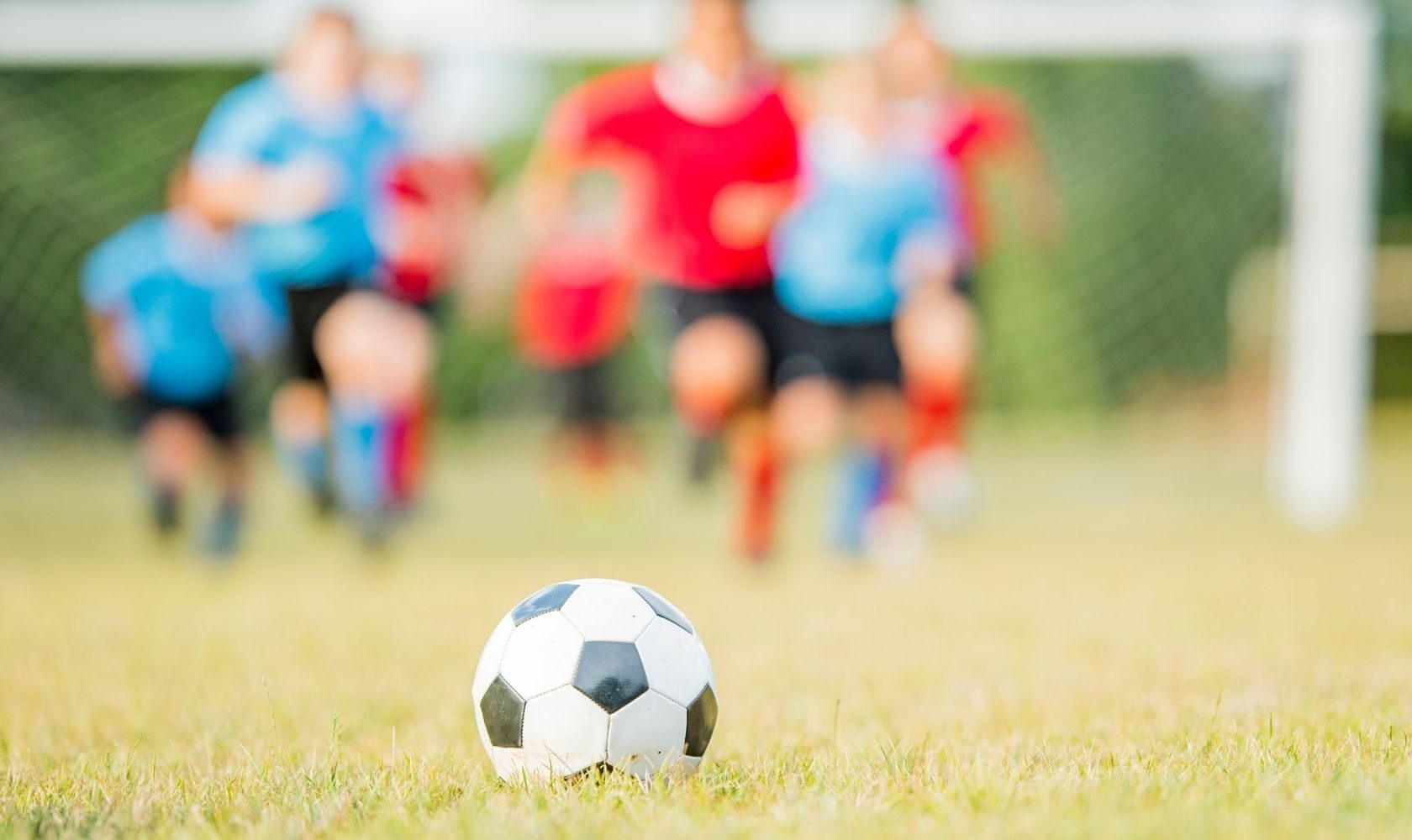Youth sport trials and selection processes have long been a hot button topic (often due to the ‘fires’ they can create in community sport circles).
In this webinar, Alex Chiet, National Sport Development Consultant at Sport New Zealand, along with special guests, discusses youth sport trials and selection processes. This webinar covers perspectives from guests who work in a range of sport settings (school, regional programmes, high performance).
- Key learning outcomes for this webinar include:
- Key challenges and pitfalls to look out for when organising trials and selection processes.
- What participant-centred trials and selection processes look like.
- Three key factors to consider for the design, development and implementation of any trials and selection processes.
- How age, stage of development and motivation of participants should be factored into trials and selection processes.
Key notes and takeaways
1 | Pitfalls and challenges (and unintended consequences)
Why are trials and selection processes such a challenge?
There are many reasons why trials and selection processes can create issues for those that run them. We need to remember, at the most basic level, trials and selection processes are a way of making social comparisons – “x is better than y therefore she/he is in / not in / will play this position / will not play this position”. These comparisons are being made in most cases based on what people see today verses future potential which people cannot see. Factor in youth being at the centre of this process – and it’s no wonder that emotions can run high sometimes for all involved in trial and selection processes.
Understandably, due to the nature of sport, some groupings of participants are required. Notably, many people will agree that sport is enjoyable when there is an ‘evenness’ or meaningful and enjoyable competition for all involved (i.e., like-ability competing again like-ability).
However, when trials and selection processes, particularly in youth sport occur, they can be undermined by various systemic flaws, including:
- “Selector cognitive biases” – most trials and selection processes will require an element of subjective decision making. Whether it be coaches or independent selectors, these people will have unconscious biases that inform their thinking. Relative Age Effect is the most well-known and researched example of this, where systems that set up selection decisions at an early age, end up favouring people born earlier in the year for their cohort.
- “Incomplete picture” – lots of trials and selection processes are akin to trying to make out what’s in a room by looking through a keyhole (with a timer placed on how long you can look for). Due to a variety of constraints, often coaches/selectors, simply don’t have enough information to make truly informed decisions.
- “Poor communication” – poor (or lack of) pre-, during-, and post-trial communication to participants and other stakeholders (especially parents) is often the number one cause of issues arising out of trial and selection processes. Poor communication often is misinterpreted by other stakeholders as being opaque about decision making. By increasing transparency, people might not agree with the outcome, but will more likely be comfortable with the process.
What are some of the consequences of poor trials and selection processes?
Many readers will be familiar with the complaints that can arise from poor trials and selection processes (and the emotional and resource burden which the flow on of complaints can create). There are also some other negative consequences worth outlining, that can come from poor trial and selection processes. These include:
- Young people dropping out of the sport
- Young people not receiving / getting access to the same level of skill development opportunities
If you run trials or are responsible for selection decisions, it’s important that consider these consequences and have plans in place to manage some of the negative that these processes can have on the participants.
IMPORTANT – Regardless of how players end up being grouped, we would encourage sport leaders, administrators, coaches and teachers to consider how all athletes/participants receive skill development opportunities, other development opportunities etc.
When is the right age to introduce trials and selection processes?
A rising tide floats all boats
Research has shown that early talent ID systems are ineffective at predicting what athletes will be successful later. As such, in an ideal talent and participant development system, we would endeavour to cast our nets as wide as possible for as long as possible. In reality, with limited resources, and various drivers to be successful (more on this later), it can be hard to ‘keep the net wide’.
With regards to when is the right age? While some sports will offer guidance on this, some general considerations include:
- Try to watch out for adult-led narratives creeping into youth sport. You should avoid using / replicating systems from high performance / professional sport. This includes being careful about the language you use.
- Trials and selection processes should be participant-centred (more on this later). In short, is the need for participants being determined by what adults want; or will the trials / selection processes actually benefit them? For example, ask yourself if trials are required, or could other means of organisation (e.g. self-organisation / self-selection) be more appropriate.
2 | How to run good trials and selection processes?
To begin, sport leaders, administrators, coaches, and teachers that oversee sport trials and selection processes should ask themselves – when should trials / or selection processes be required and why?
When they do need to occur, it’s important to then understand what good looks like.
The below framework outlines some of the key considerations for people who run trials and are responsible for selection decisions.

Person first
Participant – or athlete-centred thinking should inform the rationale for and processes of trials and selection. Consider some of the following questions:
- How will these processes aid long term development of the athlete?
- How will these processes aid the likely retention of the athlete in the sport?
Purpose
“What is the greater purpose that trials and selection decisions are supporting?”
This question very often leads to another question about ‘what is success?’. Are you clear on what you have defined as success? Is it about being competitive in the short term? Being able to provide positive experiences that aid development of athletes and people? Keeping as many people involved in sport as possible for as long as possible? These are all slightly different definitions of success, and depending on how you think about these (even unconsciously) your decisions around trials and selections (and what they look like, and the impact that has on those involved) can differ.
Environment / Systems
Once you have rationalised the purpose of trials and selection decisions, you can start thinking about the ‘tactics’ you might use to run good trials or selection processes. These include:
I | What the trial / selection will look like?
- Duration
- What are you trying to observe and what environments (tests/competitions/games etc?) will you establish to observe?
- Who is observing?
II | Communication (for participants, assessors, other stakeholders (e.g. parents))
- Pre-trial
- During
- After
III | De-selection
- How will you communicate with those that are deselected?
- Will you provide additional opportunities for them?
- Are there opportunities for re-entry?







